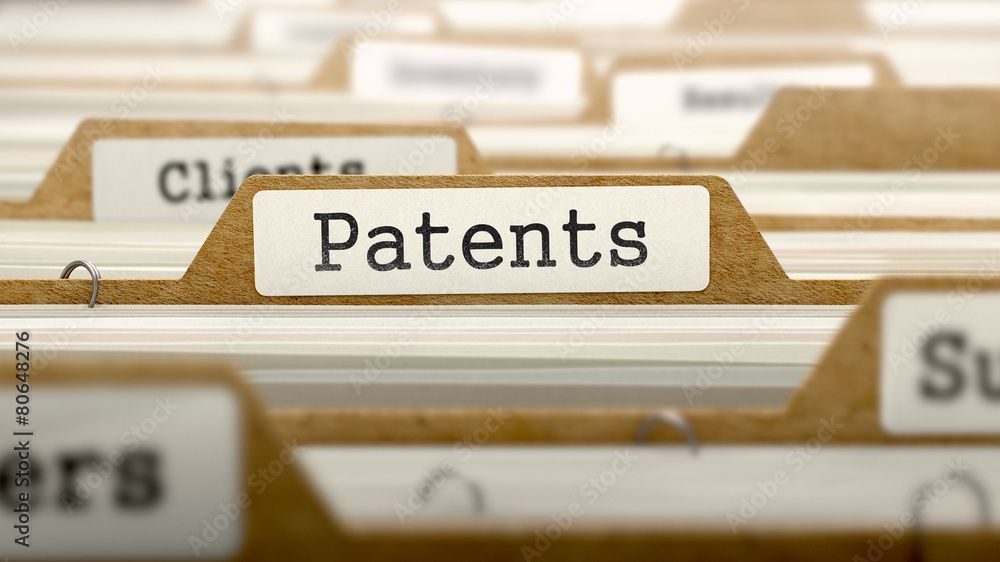Article
Patents granted for combination antibiotics with steroids as topical eye drops
Author(s):
Medication is administered after LASIK and injectable prophylaxis during cataract surgery.

The US Patent Office has issued Patent 11,439,590 to Scott Karolchyk (NDS) and Jeffrey Liegner, MD, (ECNW) for the legacy formulation of ophthalmic formulations containing corticosteroids combined with various antibiotics, using safe and superior-performing excipients that are comfortable in the eye.
According to a news release, these formulations have been used in over a million cataract surgeries and many millions of topical eye applications such as after LASIK surgery.
The primary combination is an injectable formulation that significantly improves postoperative compliance, eases eye irritation by avoiding eye drop toxicity, and eliminates the need for topical medications in 98% of patients recovering from the very commonly performed cataract surgery procedure.
The topical formulations using NDS-ECNW's patented intellectual property (IP) consists of various strengths of topical steroids which are well suited to suppressing ocular inflammation and treating bacterial infection risk with effective and convenient (even daily and twice daily) dosing.
Liegner, CEO of the NDS-ECNW company, said in the news release that cataract and LASIK surgeries themselves are common and frequently performed procedures, but the complications around recovery can be vexing and even catastrophic.
"In particular, with many cataract patients being elderly, physical limitations (e.g., reduced strength and range of motion, tremor, impaired eye-hand coordination), can be challenging and makes patient compliance problematic,” he said. “Eyedrop phobia and the significantly higher cost of topical eye medications, combined with more restricted formularies, also deter proper postoperative eyedrop use. The legacy injectable product, delivered at the time of cataract surgery, removes these burdensome demands on the patient; and the formulation does not require toxic or uncomfortable preservatives to stabilize the drug combination."
Moreover, the news release also noted that with the frequency of cataract surgery and LASIK procedures growing globally, the worldwide market potential for the injectable and post-surgical topical formulations is estimated to exceed $60M annually. Eye care prescribers are keenly interested in preservative free eye drops with variable steroid strengths requiring less dosing and improved compliance.
The IP protection now secured by NDS-ECNW extends to 33 countries (including all of Europe, Australia, New Zealand, Israel, Canada, and Mexico). The company is seeking domestic and international manufacturing partners as it prepares for a launch of the product.
"The challenges associated with combination eye medications is that often the effective surfactants and suspending agents (known as excipients) are incompatible as solubility agents and are often uncomfortable to patients," said Liegner, whose eye medication developments with Karolchyk led to the products that were originally marketed by Harrow Health and their subsidiary ImprimisRx.
As a result of a 2021 jury verdict and settlement against Harrow Health, the now patented combination products contain the unique excipient Poloxamer, which NDS-ECNW designed to be both novel and more comfortable for the patient than other available combination products. "The Patent office recognized that our advanced engineering technology, which applies Poloxamer 407 as an excipient with proprietary manufacturing steps, results in both an effective and highly stable formula without complicating the eyedrop with preservatives and extraneous ingredients."
The active ingredients in the injectable product are Triamcinolone acetonide, a potent steroid, combined with Moxifloxacin, a fourth-generation broad spectrum fluoroquinolone antibiotic that provides one dose inflammatory suppression and anti-infective prophylaxis associated with cataract surgery.
One injection at the conclusion of the procedure obviates the need for eye drops in 98% of patients, while reducing infections by a factor of 125x over eyedrops alone. The legacy formulation has been used in more than a million cataract surgeries (USA) without incident and has been received favorably by patients otherwise adverse to using eye drops. The proprietary manufacturing process results in managed particulates of steroids, 99% of which are smaller than a red blood cell, creating better ocular penetration than other currently marketed formulations.
The same IP formulation techniques can also be used to produce topical eye drops for LASIK, ocular surface disease and postoperative eye care at the discretion of the clinician. Combined with several different antibiotics and using various strength eye-friendly steroids like prednisolone acetate, difluprednate, and triamcinolone, topical therapies with once or twice a day dosing are both more convenient and more effective than other commercially available products produced with non-patented formulations. Also, the addition of the NSAID nepafenac drug further fortifies the topical therapy when clinically appropriate.
Newsletter
Don’t miss out—get Ophthalmology Times updates on the latest clinical advancements and expert interviews, straight to your inbox.




